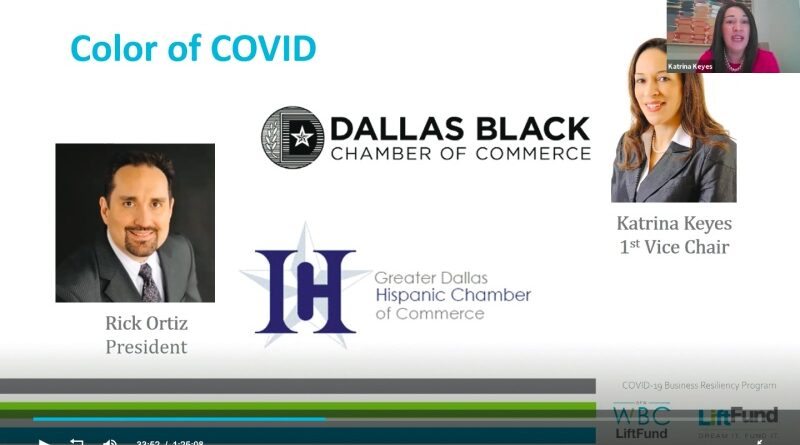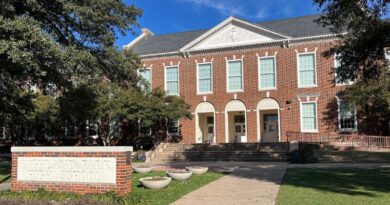The Disparate Impact of COVID-19
Midsize businesses hardest hit during pandemic year
All businesses were impacted by the COVID-19 pandemic this past year, but not all were affected equally.
At the height of COVID closures in April of last year, the Dallas area hit about 13% unemployment.
“The businesses that lost the most employees… would be midsize businesses of around 250 to 500 employees. Small business did better than midsize and big business did fairly well,” Dallas County Judge Clay Jenkins said in a May LiftFund Women’s Business Center panel discussion. “The pain was not felt across all sectors of business to the same degree.”
In Dallas, the most employee layoffs were in the leisure and hospitality industries, Jenkins said.
The pandemic also disproportionately impacted minority-owned businesses.
LiftFund Women’s Business Center Director Tarsha Hearns said her organization found minority business owners had a more difficult time getting access to resources. Her organization worked to help connect them to available resources.
Dallas Black Chamber of Commerce first vice chair Katrina Keyes added that minority-owned businesses faced issues like lack of access to capital and problems getting loans before the pandemic.
“This just made it even harder when the pandemic hit,” Keyes said. “We became an information resource for our members.”
Greater Dallas Hispanic Chamber of Commerce President and CEO Rick Ortiz said there were about 123,556 Hispanic-owned businesses in the county before the pandemic.
“The pandemic obviously impacted everybody’s lives and changed everything in all of our lives, really, but especially for underserved communities,” Ortiz said. “Hispanic-owned businesses were hit hard right off the bat.”
During the pandemic, the county provided help, such as business assistance grants.
With COVID-19 vaccine eligibility in Texas opened up to all adults, Jenkins encouraged business owners to talk to their employees about getting vaccinated.
As more people get vaccinated and return to businesses, the Texas Workforce Commission (TWC) reported the seasonally adjusted Texas unemployment rate was 6.9% in March — unchanged from February 2021. The Dallas-Fort Worth-Arlington area had a not seasonally adjusted unemployment rate of 6.5% in March.
“Positive job numbers for March continue to show Texas is on track for continued growth,” said TWC Chairman Bryan Daniel. “TWC will continue to provide flexible and innovative training programs to help provide all Texans with skills they can use for workforce success.”
Jenkins added that Dallas leads the nation in commercial building.
“That is a strong sign of a strengthening economy here because…people that are building these buildings are not going to build those buildings if they don’t believe companies are going to come there,” Jenkins said. “Whether it’s big business or small businesses, we’re seeing an increase in business activity. That’s good for all business.”









